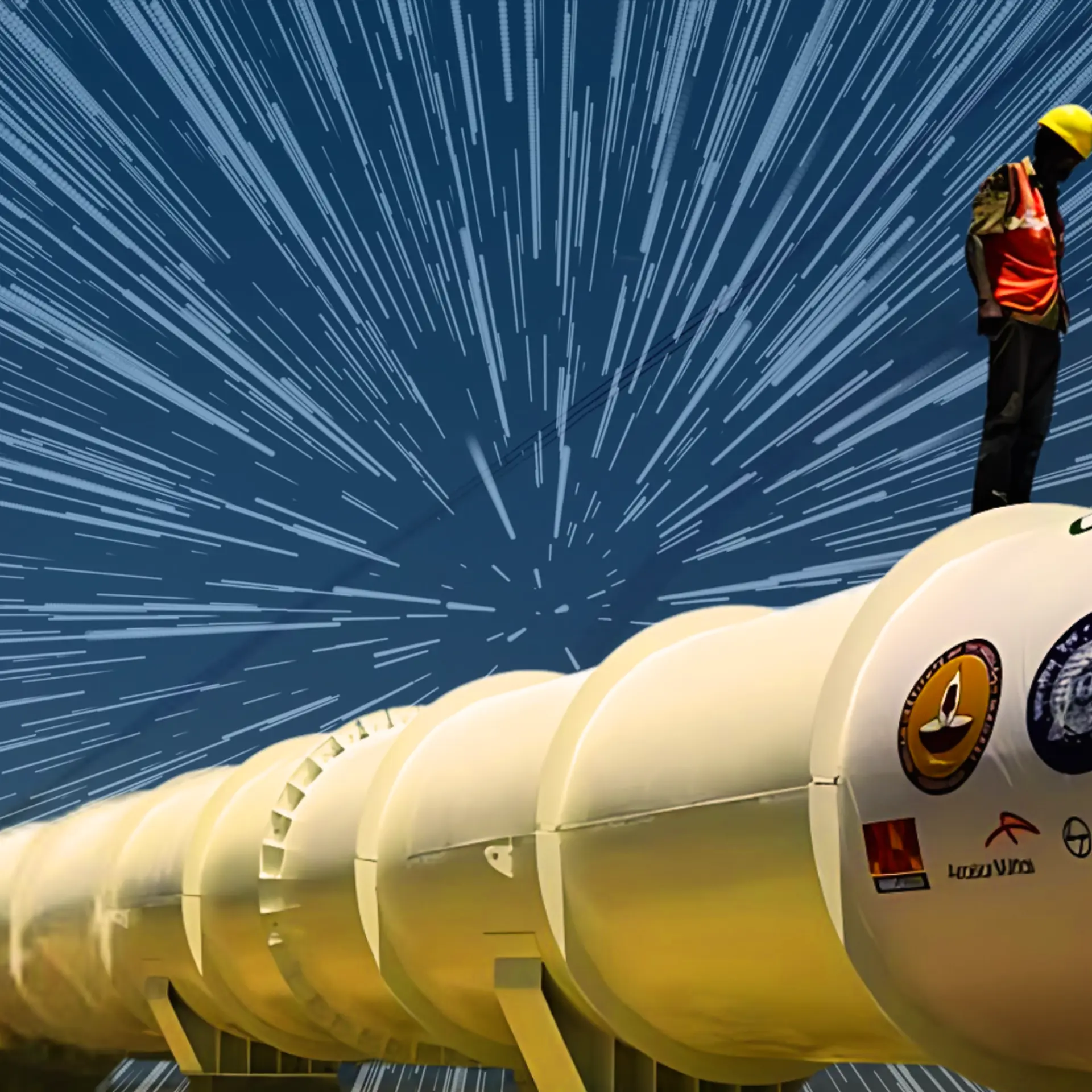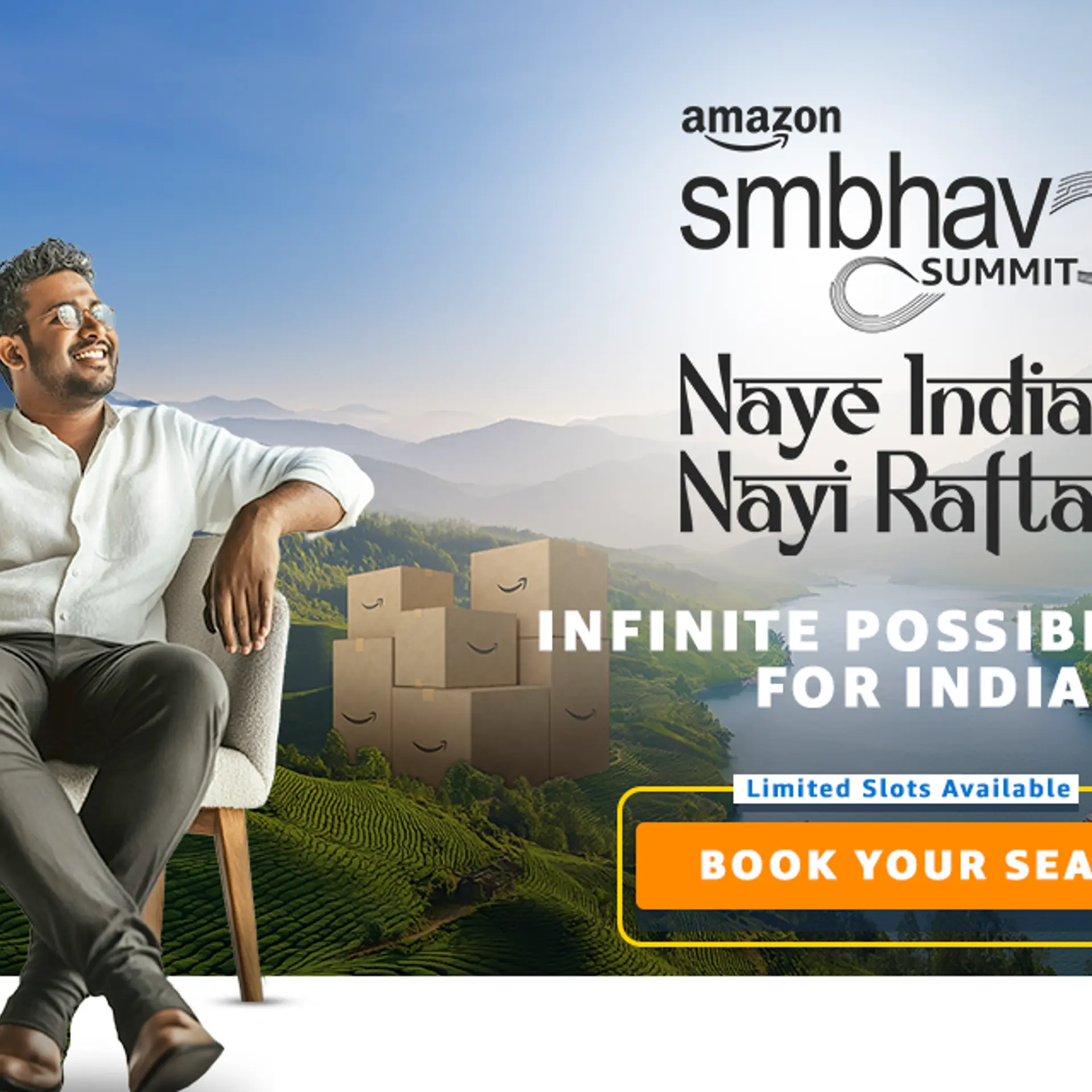How Dineout managed to turn the tables on dining experience
“When we started in 2012, it was of the most difficult times to start in the table reservations space. Everyone wasn’t as savvy with the online world as they are now and nobody would look at reserving tables online, especially in India,” says Vivek Kapoor, Founder, Dineout.
However, the four founders of Dineout - Ankit Mehrotra, Sahil Jain, Nikhil Bakshi and Vivek, knew the culture of doing things online would soon catch up in India. There already was a dining-out culture, and they were confident that before long people would start booking tables online too.
But it was a Herculean task. Restaurants weren’t as tech-savvy as they are now. Also popular restaurants didn’t sense the need, as they already had many patrons. On the other hand newer restaurants felt that they wanted to explore the solution when they were financially strong.

No payments to growing partnerships
So for the four founders it meant taking endless calls, waiting for hours in lobbies to get a cheque for a meagre Rs 2,000, no holidays, and questions like – 'are you still with Dineout?' When the team had launched in 2012, they had also raised a small seed amount, and they were able to scale because they were generating revenue from day one.
Today, the social media buzz for a restaurant starts much before it opens. Vivek says that online real estate for restaurants is equally important as the physical, offline one. So today, while everyone is talking about the foodtech bust and how they are struggling, few realise that we haven’t even hit 10 percent of the online food market.
The four-year journey for Dineout has been an interesting one. In the second year of its business it was acquired by Times Internet at a deal value of $10 million.
In September last year, Dineout also acquired InResto, which was founded by Vijayan Parthasarthy and Vamsi Yalamachili. InResto provides features like table management, reservations, customer relationship management and analytics, home delivery and takeaway management. On their entry into the B2B segment with InResto, Vivek says:
In 2014, we were able to understand that a restaurant today is unable to recognise or profile its customers. In many cases there are customers who come in several times into a restaurant, bill ‘x’ amount and order similarly. It was important that restaurants had that visibility.
The acquisition was to help Dineout work the complete value chain on how restaurants get their customers, manage them and re-engage with them.
Working from the receptions
The team today claims to have over 3,000 restaurants for table reservations, including chains like Azure, Impressario, Texmex and Speciality. Over 1,000 restaurants use the inResto Restaurant Management Suite.
Dineout has seated 1.5 lakh people so far, a number that is growing by 25 percent month-on-month. Diner count on the Dineout- inResto platform is increasing 30 percent month-on-month. Adding to this since chains have the inResto platform, wherever a restaurant is opened, the inResto base opens out.
Miten Sampat, Head of Corp Development, Times Internet Limited, says Dineout and inResto solve an important problem in the user lifecycle journey – discovery to destination for a customer looking to eat out. He adds that while considering the acquisition, the team was definitely one of the biggest factors, apart from the business.
He also adds that now with inResto, they are able to provide a complete tech stack to the restaurants, which has fuelled the recent growth.
However, when Vijayan started inResto, he began ground-up. In January 2015, he would be working at the reception at Toit in Benglauru, to understand what actually happens on the work front. “The system was built on ground, and we wanted to make it so simple that if you use WhatsApp, you can use inResto,” says Vijayan.

Creating a seamless system
Today, a customer books a table in a restaurant, and when he goes there he can order through the app and can even pay through the app.
“We are piloting with payments on the app with over 200 restaurants and 50 percent of our bookings are transacting through the app already,” says Vivek.
The market however is getting tougher. The restaurant and table booking space has seen booming activity in the past year. Zomato became another player in the segment with the acquisition of the US-based NexTable, a restaurant reservations and table-management platform. The new service is called Zomato Book. Vir Sanghvi-curated, EazyDiner, a review and table reservation platform, raised $3 million Series A recently co-led by existing investor DSG Consumer Partners and new investor Saama Capital. TripAdvisor has ventured into the space by acquiring Dutch-based IENS.
According to a Forbes report the percentage of restaurant bookings online is low in almost all markets except the US, where it is at 20 percent. The numbers are however slowly growing, and the market seems to be taking an upward trajectory.
Claiming a slice of the pie
Vivek adds that while it is a crazy competitive market, to drive the kind of market and handle the operational issues that they have dealt it, Dineout along with inResto manages the whole chain.
“We can call ourselves number one in driving business to our clients – restaurants. The volumes keep growing. My unit economics is very under control, thanks to being only technology-driven. We don’t have to manage a fleet of delivery boys and everything is controlled on the app,” says Vivek. He adds that also their revenue model is completely B2B, as the restaurant works with the Dineout team even when there is a B2C side, thus making their model stronger.
The team has also launched Dineout Plus in November. It is India's premier dining programme spread across four cities and 200 five-star hotels, which guarantees 25 percent off on total bill. The team has also recently launched their deals section where the diner can opt for curated experiences. Vivek says:
But with scale, there are different kinds of challenges. Apart being acquired by Times Internet and acquiring inResto, the journey had no stops, we had to expand to cities, increase our sales force and focus on our technology. This means ensuring your initial team understands growth and drives towards it. With inResto, it was a perfect marriage; the teams works together. And to grow it is important to work like a seamless well-oiled machine.







